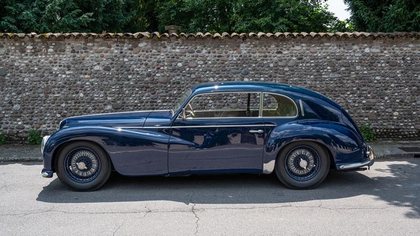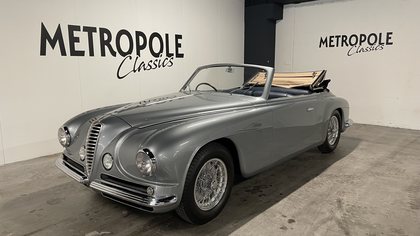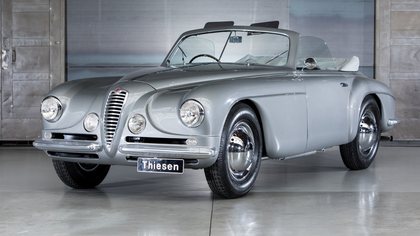1930 Alfa Romeo 6C

1930 Alfa Romeo 6C
- Right Hand Drive
- Manual, 4 speed
- Petrol
- 1750cc
- 1930
- Dark red
- Dealer
- CASTEL MELLA, BRESCIA, Italy

This advert has now been removed through sale or otherwise. Please see the list below for similar live adverts.
Similar Alfa Romeo 6Cs

Vintage & Prestige Fine
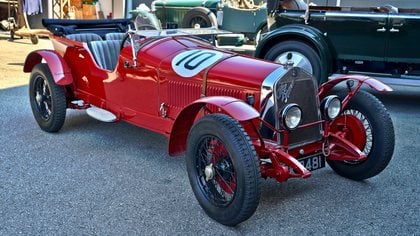
1930 Alfa Romeo 6C 1750 GS Testa Fissa
1,000 miles
£2,750,000
Asking price

Vintage & Prestige Fine

1949 Alfa Romeo 6C Sports Pinin Farina Cabriolet.
RHD
£120,000
Asking price

Le Riche Automobile Restorers

Alfa Romeo 6C 1750 Turismo
Petrol · Manual · 4 speed
RHD
£139,950
Asking price

Vintage & Prestige Fine
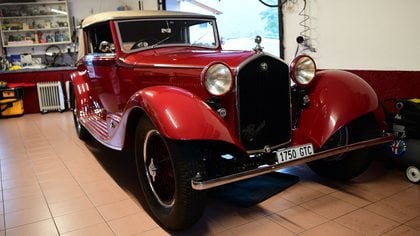
1932 ALFA ROMEO 6C SUPERCHARGED GGTC BY CESARE SALA
RHD
€1,450,000
Asking price
Check out our new listings and upcoming auctions by subscribing to our newsletter
By signing up you accept our privacy policy and conditions of purchase



